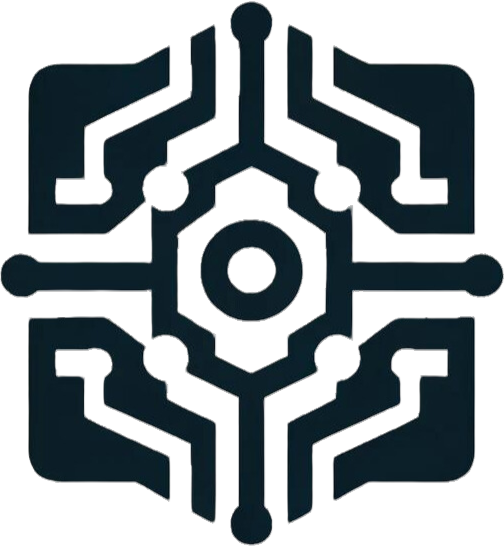Key Guidelines for Newborn Jaundice
Discover essential strategies for screening, testing, and managing hyperbilirubinemia in infants, ensuring timely interventions to prevent complications.
Here is a summary of the key recommendations for hyperbilirubinemia testing based on the clinical practice guideline and related pediatric literature:
-
Screening and Risk Assessment:
- Universal screening for hyperbilirubinemia within the first 24-48 hours after birth is recommended to identify infants at high risk for severe jaundice and bilirubin-induced neurologic dysfunction.
- Assess total serum bilirubin (TSB) or transcutaneous bilirubin (TcB) levels predelivery or at discharge.
- Risk zones for bilirubin levels are based on hour-specific bilirubin nomograms:
- High risk, high-intermediate risk, low-intermediate risk, and low risk zones are categorized to guide monitoring and management.
- Infants with TSB/TcB in the high-risk zones require closer monitoring and possibly early treatment. (1)
-
Indications for Testing:
- Jaundice appearing within the first 24 hours requires immediate evaluation.
- Jaundice that appears excessive for the infant’s age necessitates measurement of TSB or TcB.
- Infants receiving phototherapy or with rapidly rising bilirubin levels require repeat and frequent TSB measurements.
- Laboratory evaluation should include blood type, Coombs test (if not done on cord blood), complete blood count, reticulocyte count, direct/conjugated bilirubin, G6PD testing if indicated, and urine culture if conjugated bilirubin is elevated or sepsis suspected. (1) (1)
-
Follow-Up and Monitoring:
- If the infant is discharged before 72 hours and has risk factors or elevated bilirubin, follow-up should occur within 2 days, or earlier in high-risk infants.
- Repeat TSB measurements depend on the initial bilirubin level and age at measurement, with higher initial values requiring earlier retesting.
- For infants under phototherapy, TSB should be monitored every 2-6 hours depending on levels, with rapid retesting if TSB is ≥25 mg/dL.
- After discontinuing phototherapy, measuring TSB 24 hours later is suggested to check for rebound hyperbilirubinemia. (1) (1)
-
Laboratory Evaluation:
- In newborns ≥35 weeks gestation with jaundice, the evaluation includes direct and indirect bilirubin fractions, hemoglobin, reticulocyte count, blood type/Coombs testing, peripheral smear.
- Bilirubin direct fraction >2 mg/dL or persistent jaundice beyond 2 weeks requires evaluation for cholestatic or metabolic disorders.
- Reticulocytosis and positive Coombs test indicate hemolysis which influences management strategies. (1) (1) (1)
-
Special Considerations:
- Breastfeeding jaundice typically occurs after the first week; continued breastfeeding with close bilirubin monitoring is encouraged.
- Ill or premature infants require more careful monitoring due to increased risk of kernicterus at lower bilirubin levels.
- Infants with isoimmune hemolytic disease and rising bilirubin despite phototherapy may need intravenous immunoglobulin or exchange transfusion.
- Exchange transfusion thresholds depend on gestational age, risk factors, and TSB levels, and is generally reserved for bilirubin levels reaching critical ranges or signs of acute bilirubin encephalopathy. (1) (1)
These guidelines emphasize timely bilirubin measurement, risk stratification, appropriate follow-up, and full laboratory evaluation when indicated to prevent bilirubin neurotoxicity.
If you want, I can also provide a more specific summary of the AAP Clinical Practice Guideline from the linked paper. Let me know!

